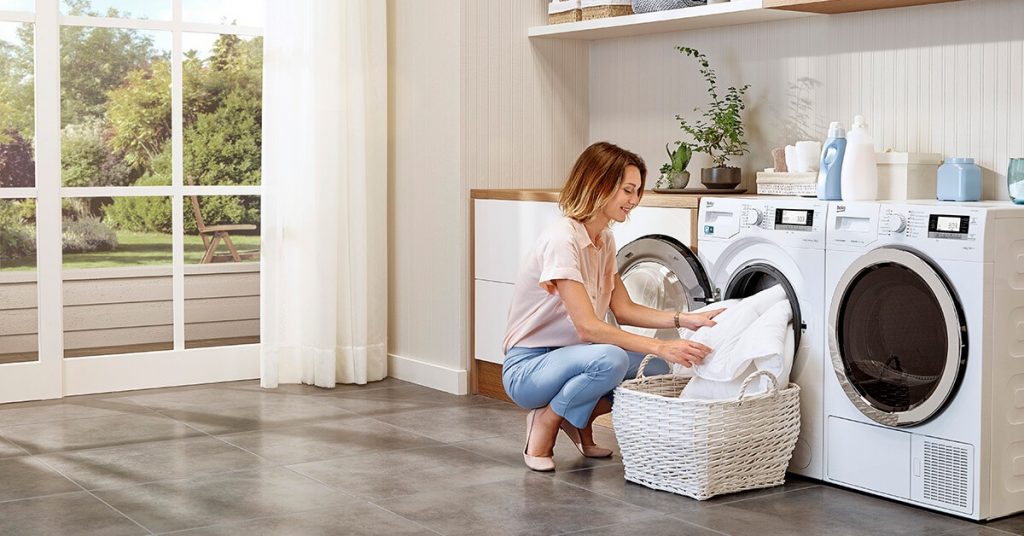Crawford Frazer
Washers and dryers may seem pretty innocuous. You’d never leave your oven on or leave the house with a fire roaring in the fireplace. But you might throw a load in the washer or dryer just before heading out the door to run errands.
As it turns out, washers and dryers also pose risks to your home. Many homeowners have filed a claim related to a washer or dryer — these appliances caused $194 million in property damage in 2006, according to the National Fire Protection Association (NFPA). If you end up filing a home insurance claim, you’ll likely pay a deductible and see your premium rise.
The risks
About one-third of dryer-related fires between 2003 and 2006 stemmed from clothing catching fire, according to NFPA. Culprits like dust and lint weren’t far behind — they caused 27 percent of dryer fires. Faulty wiring in washers and dryers as well as faulty casing for the machines also sparked their fair share of fires.
More than 90 percent of fires start with dryers — but washers aren’t innocent. A frayed, cracked or kinked water supply hose can spring a leak that weakens floorboards and damages possessions, according to State Farm.
Washing machine issues are a leading cause of water damage claims, according to the Insurance Institute for Home & Business Safety. After the deductible, these claims cost home insurance companies an average of more than $5,000.
Preventing damage from your washer
Damage prevention for your washer is all about the hose, according to State Farm:
- Check your washer hoses regularly for bulging, cracking, fraying and leaks around hose ends.
- If you find a problem, replace the hose immediately. A good rule of thumb is to replace it every three to five years as a precaution.
- Leave at least 4 inches between the water connection and the back of the washing machine. This helps prevent kinks.
Preventing damage from your dryer
Preventing dryer-related fires — and home insurance claims — requires proper maintenance and regular diligence. According to NFPA, you should:
- Let a professional install your dryer.
- Always use a lint filter.
- Clean the lint filter after every load of laundry.
- Clean the air exhaust vent pipe at least once a year. If your clothes are taking longer than usual to dry, it may be time to have the lint cleaned out of your vent pipe.
- For gas dryers, have a professional regularly check the gas line and connection.
- Make sure you have a proper connection in the outlet.
- Never overload the dryer.
- Always follow the manufacturer’s operating instructions.
- When you leave the house or go to bed, make sure the dryer is turned off.
